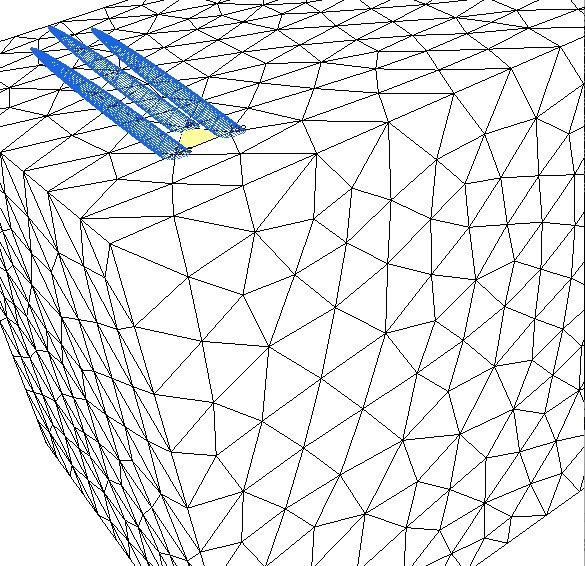Dear List,
first of all let me tell that i highly praise the MMG initiative. I am really looking forward trying out your code!
To introduce myself, i am one of the main developer of the Kratos Multiphysics code, a finite element code which can deal with immersed CFD.
my starting situation is the following:
i have a good quality tetrahedral initial mesh, obtained by an octtree-like approch. The mesh is conforming. I also have a levelset distance function defined on each node of the mesh, which describes an inner surface, cutting the mesh at arbitrary positions. I DO NOT want to mesh such inner surface, my CFD solver can deal nicely with it.
my wish is to define an anisotropic metric tensor on the basis of the distance function and of its gradients (which are both known to me, either on the nodes or on the initial mesh). To start i would like to try it out by using the command line interface.
do you have any example of how i can achieve this? i saw that your “.sol” file would allow passing a matrix on every node. would that be the way to pass my target metric tensor?
Can u point me to an example?
any hint would be cool.
If possible i will send one of my students, or maybe come myself to your “first MMG user event” so to have a more direct contact
regards
Riccardo

 . I suppose that you want to apply this metric over the 4 node of a tridimensional mesh. You must provide the following solution file (note that comments must be removed):
. I suppose that you want to apply this metric over the 4 node of a tridimensional mesh. You must provide the following solution file (note that comments must be removed):